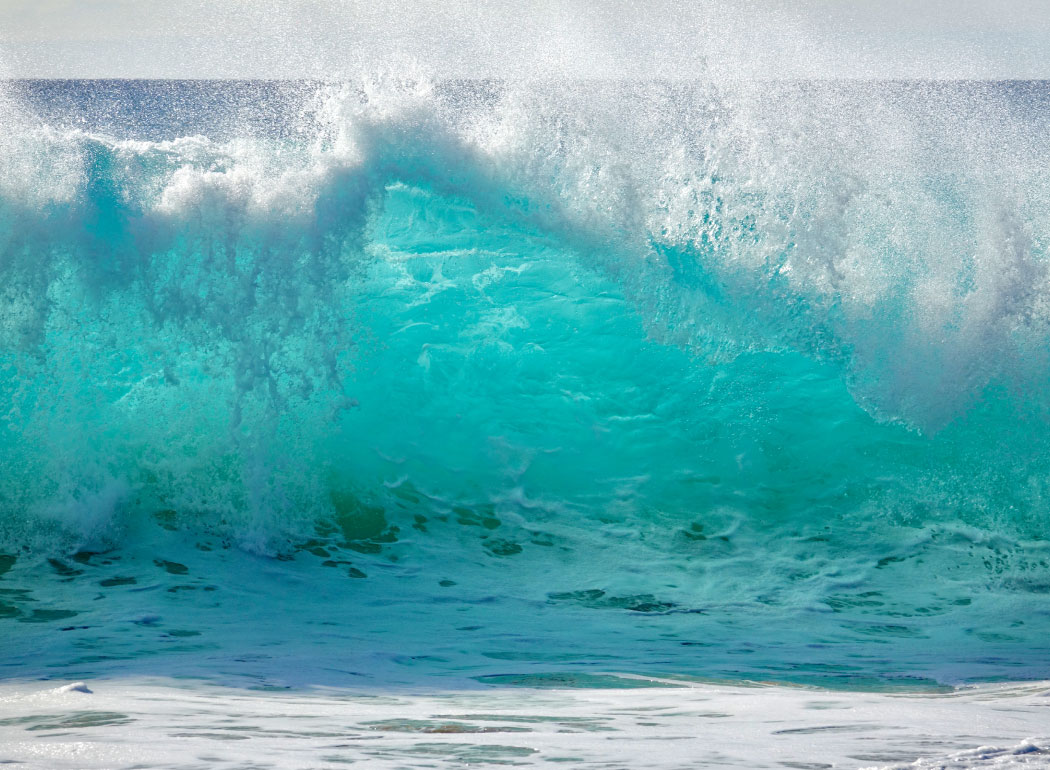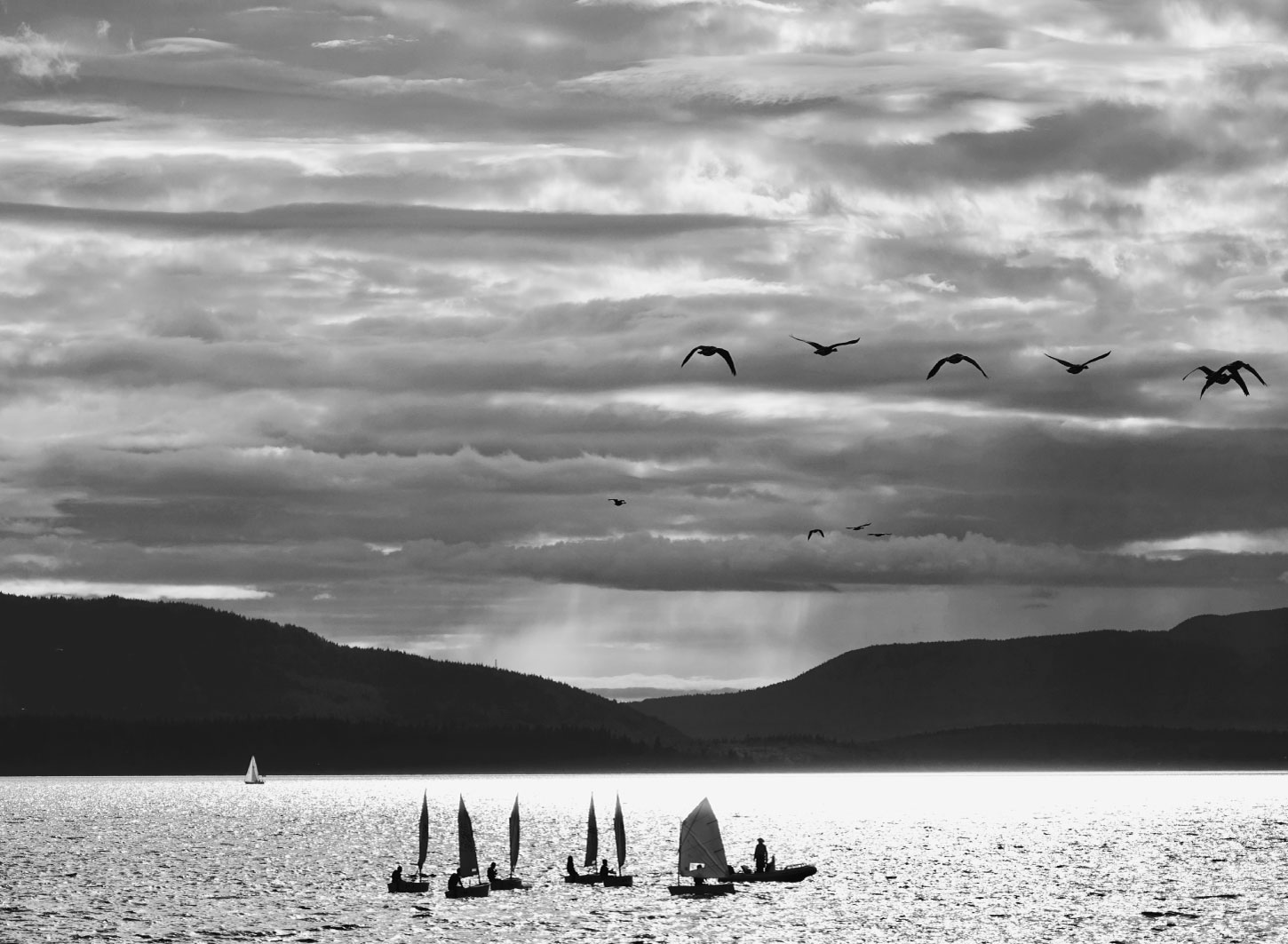Jan Kessel
Art Photography
FULLNESS THEREOF: JAN KESSEL’S EARTHSCAPE
By Peter Frank
Where does nature end and art begin? If we knew, art would not be necessary, if even possible. Indeed, when the advent of photography and camera media relieved visual art of its indexical purpose – when “art” became a realm of observation and fancy rather than reportage and propaganda – art, you might say, became its own nature.
But photography, too, is an artistic tool. To wield a camera is to intervene in the appreciation of the subject. The device (and lately, other electronic devices) shapes the picture. The picture’s possibilities multiply in the hands of photographers – photographers, that is, who recognize that they are not capturing beauty but finding it and conjuring their own.
Nature doesn’t end before art begins.
That is, a true photographic artist, no mere photographer, builds an empire of imagery, indulging their visual and technical biases so that the world can be seen in a fresh and even unanticipated way. In this regard, what distinguishes the work of Jan Kessel is not what she shoots nor how she shoots, but the distinctive way subject induces manner and manner enhances subject. Nature doesn’t end before art begins.
Kessel achieves this equilibrium between form and fact by pushing her, and our, concentration away from the identity of the subject and towards its sensation. Even those images of hers that present unavoidably nominative things – trees, boats, rocks – dwell not on prosaic function or character, but on a tone, a texture, you might say a flavor that amplifies the feel of the overall composition and the impact of the moment. Even her series of surfers – an unusual vein in her oeuvre, concentrating as it does on a self-limiting category – is notable for its abstracted approach, one that diffuses the sport into pattern and atmosphere.
Kessel does not look at things, nor wants us to do so. She looks at points in nature’s endless time where circumstances have conflated photogenically. The “right time” for an image to come together, of course, is a goal in traditional photography; and Kessel is as alert for such lensic opportunities as any camera-wielder. But what she seeks is not the picturesque image, but the resonance of optical stimulation that nature wears like a gown. Even in black and white, Kessel’s aspirations are as much painterly as photographic. Compositional dynamics and the sensuality of visual texture are the fundaments of her pictorial reasoning.
Kessel is a master of the camera…
Painterly aspirations do not a painter make. Kessel is a master of the camera, not the brush, and her sensibility is shaped as much by her ability to exploit the possibilities of her technology as it is by her distinctive way of indulging and awakening the eye. Her lyrical bent and her breadth of form at once essentialize her subject matter and build upon its abstracted, partly dematerialized presence. What engages us about Kessel’s ruminations on water’s surface, for instance, is not the quality of the water or the entertaining break-up of reflections, but the surprise of the water’s behavior and the enchantment of formation piled upon formation, wave on wave, the chaos of splash and spray no more or less beguiling than the boundless ripples.
Kessel’s work is an homage to nature, but not quite a surrender to it. In fact, the relationship of human to troposphere is posed in her work not as a contest nor as a collaboration, but as a dialogue. Nature does this, I see that. Nature waits for me or it doesn’t, and I in turn find beauty in nature whether in meditation or in exhilaration. The metaphysical thrill Kessel’s images provide is sourced in nature’s ubiquity rather than in its particularity. When she looks at a shoreline she finds the same elegance and subtlety she locates elsewhere in individual flowers and fields of them, in the furry backs of hills, or in celestial phenomena as distant as stars, as close as rainbows. It is, if you would, a fractal approach to the world and universe, inferring that the shapes and energies of the small things in nature comprise the larger things and dictate their shapes and “souls.”
…where our sense of “us” gives way to a sense of it-all
When asked if he painted from nature, Jackson Pollock took umbrage at the dualism the inquirer was implying. “I am nature,” Pollock retorted, putting himself in the middle of the world and designating as natural whatever art he makes. The philosophical basis for Jan Kessel’s photographic practice mirrors this declaration of unity: it does not simply presume, but builds on, the fact that nature comprises the entirety of human experience. Kessel’s photographs remind us this much, and set in motion an inquiry at the boundaries, at the many places where our sense of “us” gives way to a sense of it-all. It’s a lesson to keep in mind when regarding the changes in the natural world, of course: nature will survive our careless intervention, even though we won’t. But Kessel’s work points gently at this urgency, through the elucidation of conditions, conditions we treasure and want to return to time and again throughout our lives. Kessel is providing us tastes of life, not souvenirs, and it’s our job to keep them in the present tense.
Peter Frank
Los Angeles
November 2021
Peter Frank is an art critic, curator, historian, and lecturer based in Los Angeles. He is a native of New York City, where he began his career fifty years ago.

